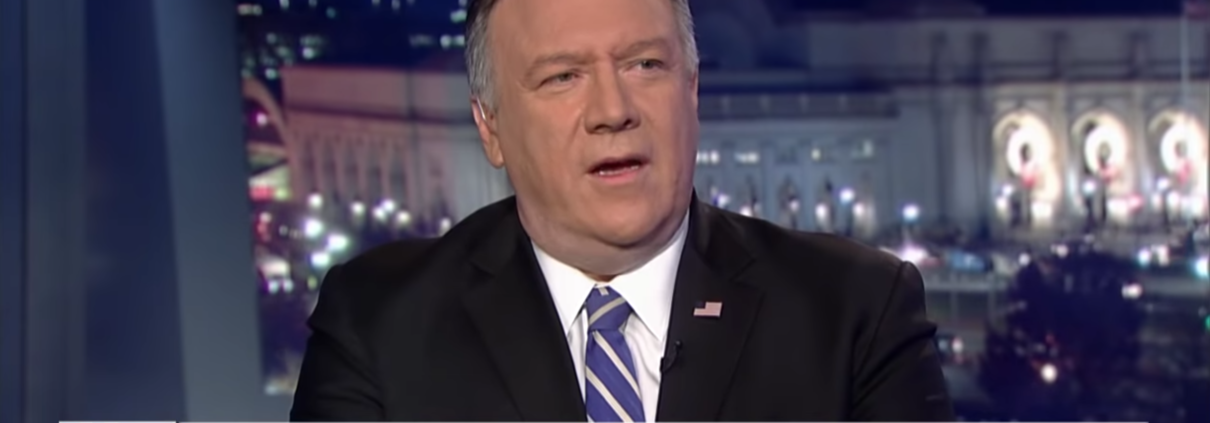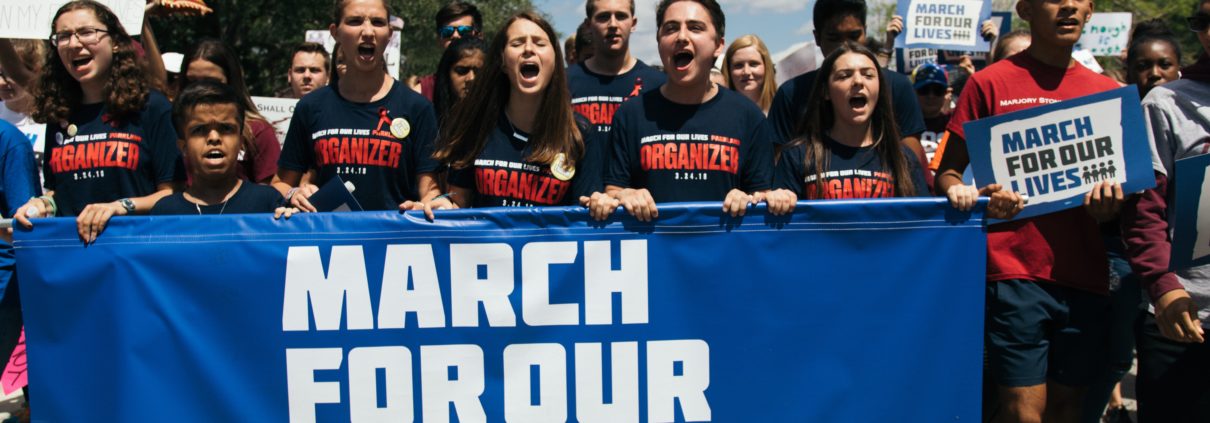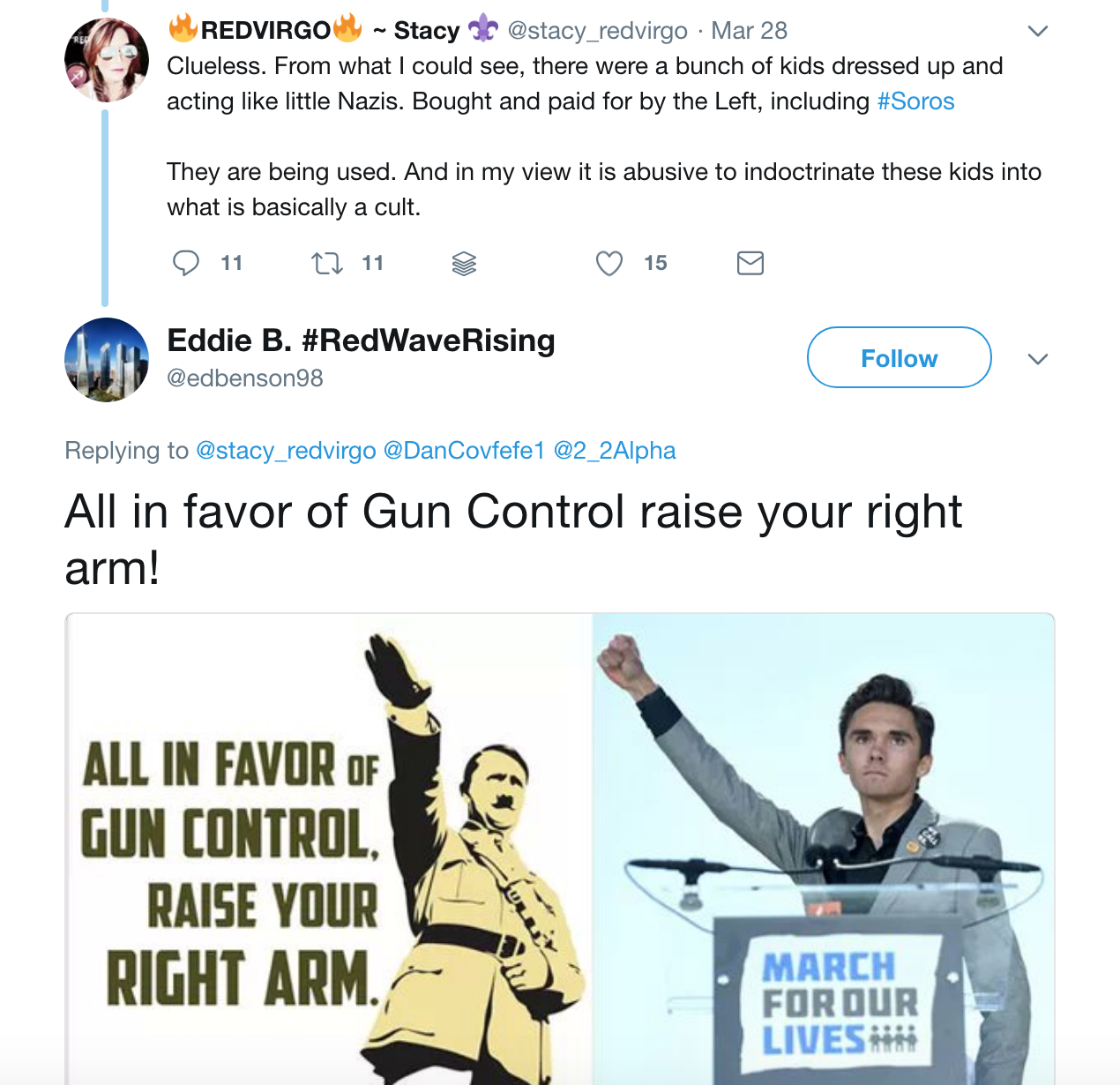Humor goes a long way to make someone like you, and we think there’s no better approach than self-deprecation. If used appropriately, self-deprecating humor has the power to instantly unite speaker and audience for the simple reason that it’s hard to dislike someone who’s just made fun of himself.

Here’s our best advice for how to be self-deprecating:
#1 — State the obvious
Does the audience know something unflattering about you? Has the media latched onto a past mistake you wish to not be identified with anymore? Then use this opportunity to make a joke about it. (The keyword here is “obvious,” so the joke only works if everyone knows what you’re talking about.)
For example… “[George W. Bush often] beat comedians to the punch by telling many jokes at his own expense. He opened the 2005 Correspondents’ Dinner, for example, by saying, ‘I look forward to these dinners where I’m supposed to be funny . . . intentionally.’”
#2 — Play off the unexpected
If something happens during your presentation that is unexpected – mic fades, lights blink, you trip on stage – laugh about it. If you ignore the mishap, the audience will continue to think about the awkward moment you didn’t acknowledge instead of what you’re saying.
For example… “How refreshing, then, was Romney’s quip upon taking the stage with glitter in his hair, thanks to an ambush from a gay activist: ‘That’s not all that’s in my hair, I’ll tell you that…I glue it on every morning, whether I need to or not.’”
#3 — Don’t apologize
The last thing an audience wants to hear as they settle in for your presentation is a disclaimer. Do not apologize for being tired, having less star power than the previous speaker, etc. Instead, make fun of yourself.
For example… If you’re the last speaker of the day, joke about how you have the power to hold the audience hostage, delaying happy hour well past the time that anyone can be considered happy anymore. Insert a line about “with great power, comes great responsibility.”
FINAL NOTE. Be self-deprecating, but not too much. There’s a fine line between ingratiating yourself and making the audience feel bad for you. One joke at your expense is enough.



















